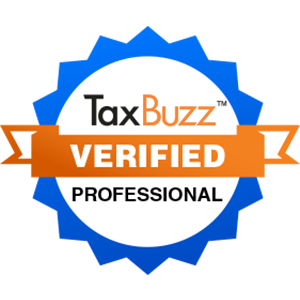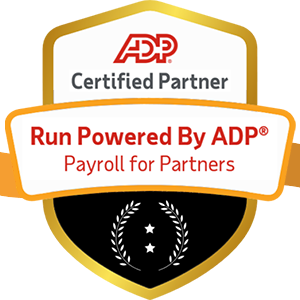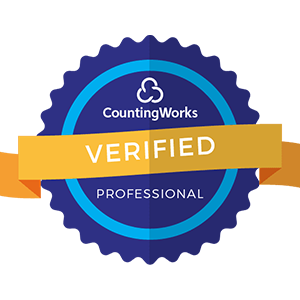
Introduction
In today’s competitive business environment, employee engagement is a critical driver of organizational success. Engaged employees are more productive, innovative, and dedicated, contributing to improved business outcomes. For users of Human Capital Management (HCM) services, access to powerful tools and strategies makes enhancing employee engagement not just possible but practical.
This guide explores the importance of employee engagement, introduces the E-A-A-T framework for fostering engagement, and provides actionable strategies to create a thriving workforce.

Employee engagement refers to the emotional connection and commitment employees feel toward their work and organization. Engaged employees go beyond basic job requirements, contributing proactively to company success.
The benefits of engagement are clear:
These figures underscore the value of investing in employee engagement initiatives. By prioritizing engagement, organizations can foster growth, innovation, and long-term success.

The E-A-A-T framework provides a structured approach to creating an engaging workplace. Each component—Expertise, Authenticity, Autonomy, and Trust—addresses critical engagement drivers.
Expertise
Developing and recognizing employees’ skills enhances their sense of value and motivation.
Authenticity
A genuine, transparent work environment allows employees to bring their true selves to work.
Autonomy
Empowering employees with control over their work fosters trust and ownership.
Trust
Trust is foundational to engagement. Employees must feel their leaders and organization act in their best interest.

Conduct Regular Engagement Surveys
Engagement surveys provide insights into employee sentiment and areas for improvement. Use the feedback to refine engagement strategies and track progress.
Implement an Effective Onboarding Process
A strong onboarding program sets the tone for long-term engagement. Key elements include:
Foster a Culture of Recognition and Appreciation
Recognition is a powerful motivator. Create robust programs that include:
Invest in Employee Development and Growth
Demonstrating investment in employees’ growth enhances engagement. Consider these approaches:
Prioritize Work-Life Balance and Well-Being
Support employees in balancing personal and professional responsibilities with initiatives such as:
Encourage Open Communication and Feedback
Open communication builds trust and engagement. Strategies include:
Create Opportunities for Social Connection and Team Building
A sense of belonging enhances engagement. Foster connections by:
Measuring and Tracking Employee Engagement
To assess the effectiveness of engagement strategies, regularly monitor key metrics, including:
Use these insights to refine initiatives and make data-driven decisions that enhance engagement.
Maximizing employee engagement is vital to organizational success. As an HCM service user, you have access to tools and strategies that can create an engaging, high-performing work environment.
By following the E-A-A-T framework and implementing targeted strategies, you can foster trust, authenticity, and growth while supporting employees’ well-being and autonomy. Building an engaged workforce is a continuous process requiring effort and commitment, but the rewards are immense: enhanced productivity, innovation, and employee satisfaction.
Investing in your employees’ success ultimately drives your organization’s success, creating a workplace where both business and individuals thrive.


